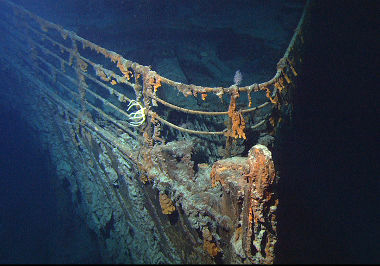Since the most remote civilizations, war has always been present. As conflicts between tribes and between the first city-states became frequent, the need for military strategies also became imperative. O strategic thought, in general, has always expressed the culture of a people. Thus, Asian peoples, such as Chinese and Mongols, transposed several peculiarities of their culture to their military art. A similar fact also occurred with Western civilizations.
However, modern wars and, above all, nationalist and imperialist wars, such as warsNapoleonic and FirstWarWorld, by assuming a gigantic proportion, ended up inaugurating a new form of strategic thinking, which took into account the possibility of “escalation to the extremes”, to a level of total destruction, as the Prussian strategist of the time sentenced Napoleonic, CarlvonClausewitz. After Second World War, with the use of nuclear bombs by the US against Japan, the status from “conventional war” was radically altered and, in turn, strategic thinking began to circulate, in the first three decades of
Cold War, around the threat of a catastrophenuclear.We know that the main features of the Cold War were the racearmamentist, a racespace and racetechnological, which set the tone for the dispute between political powers or blocs, notably the Blockwestern, led by the USA, it's the Blocksoviet, led by USSR. The term “power” in the Cold War period extrapolated the notion of conventional economic or political and military power, which had lasted until the end of World War II. The powers of the Cold War period were, above all, potenciesnuclear, that is, countries that had nuclear weapons stockpiles with potency enough for global destruction.
This geopolitical “arm wrestling” was based on a very peculiar notion of military strategy, which some researchers even called the “balance of terror”. The entire strategic thinking effort of both the US and the USSR was focused on delaying nuclear conflict as much as possible. The fact known as missile crisisit constituted the high point of tension between these nuclear powers.
However, while there was this voltagepotential, there was also a “strategic shortcut”, which was incorporated into conventional military thinking: it was, fundamentally, the guerrilla, which was seen as a “subversive war”. The most expressive example of a conflict between a conventional army against guerrilla tactics was the war of Vietnam, which was, precisely because of this characteristic, a very extensive war with drastic results.
The guerrilla tactic was adopted by communist factions in various parts of the world, including Brazil (see Araguaia Guerrilla). The leader of the Chinese Cultural Revolution, HandTse-Tung, he was one of the biggest instigators of this “prolonged war” pattern that the guerrillas provided in the context of the Cold War. CheGuevara, at the same time, he even developed his own guerrilla method, called focusism.
The fact is that, in a scenario where the hypothesis of a war of world proportions could lead to a nuclear catastrophe, forms of combat such as the guerrilla and the "counterguerrilla" have become the symmetrical reaction to such a situation. This form of war caused psychological and moral tension, but without, however, “escalating to the extremes”. The strategic thinking of powers such as the US and the USSR worked for a time, metaphorically speaking, as a board of chess without ever reaching a "checkmate" (nuclear war), only manipulating the local conflicts in various regions of the world. As well emphasized by political scientist Raymond Aron, in the context of the 1960s:
“[…] the strategy remains total, in the sense that it is not reduced to the movement of armies or the conduct of military operations, but it is only directly influenced by what is called "nuclear strategy", or the doctrine of the deterrent use of weapons nuclear weapons. As the effective use of these weapons is rejected by both sides, it is within the framework outlined by this rejection that the superpowers are fighting.” (ARON, Raymond. “Commentary on the Evolution of Strategic Thinking (1945-1968): Rise and Decline of Strategic Analysis”. In: StudiesPoliticians. Brasília: Publisher of the University of Brasília, 1985. P. 546-547)
By Me. Cláudio Fernandes
Source: Brazil School - https://brasilescola.uol.com.br/guerras/pensamento-estrategico-durante-guerra-fria.htm

